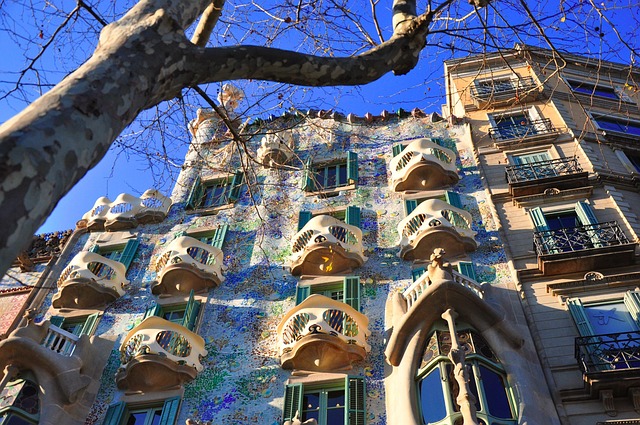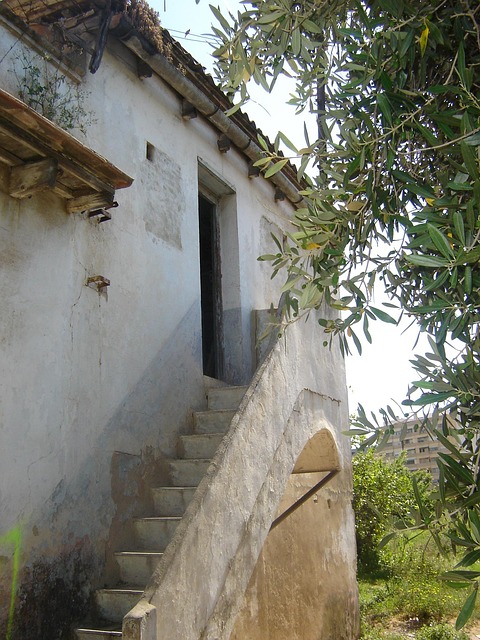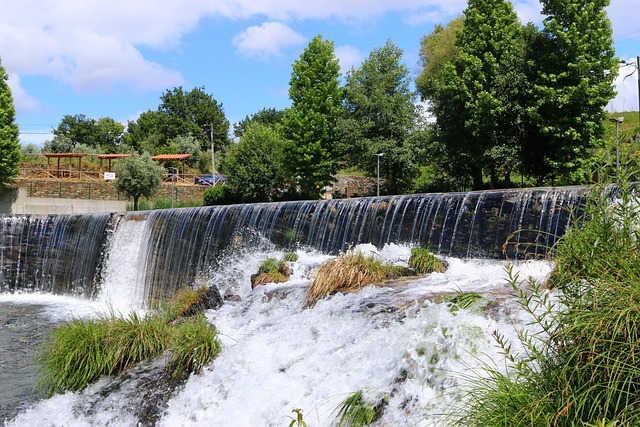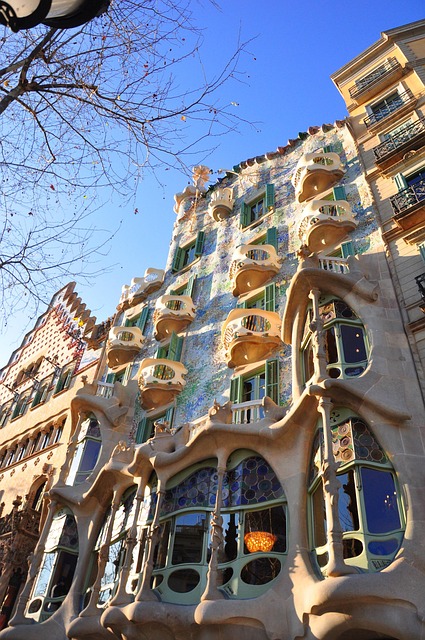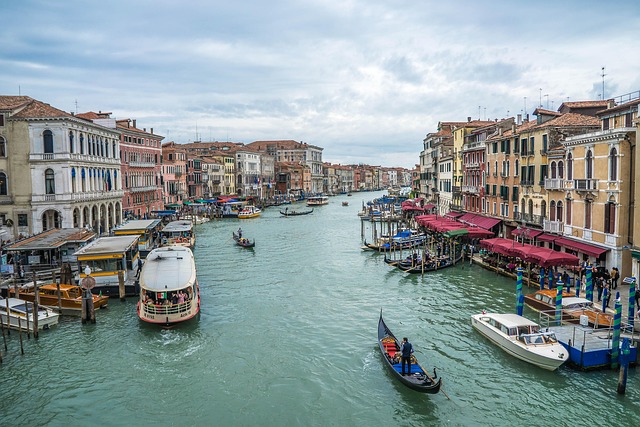Preserving historical downtown areas in real estate development requires a balanced approach combining community involvement, strategic planning, and strategic incentives. Local residents play a vital role through engagement initiatives, while developers are encouraged to restore historic buildings via tax breaks and grants. Strict zoning laws ensure new developments harmonize with existing structures, fostering a market that values both historical preservation and modern amenities.
In the heart of many cities, historic downtown areas stand as testaments to a community’s past, present, and future. Balancing development with preservation is key to keeping local charm alive. This article explores strategies for navigating this delicate act, focusing on real estate practices that can both modernize and protect these cultural heritage sites. By engaging the community and adopting thoughtful approaches, downtowns can thrive while preserving their unique character for generations to come, enhancing their appeal in the competitive real estate market.
Balancing Development and Preservation in Historic Downtowns
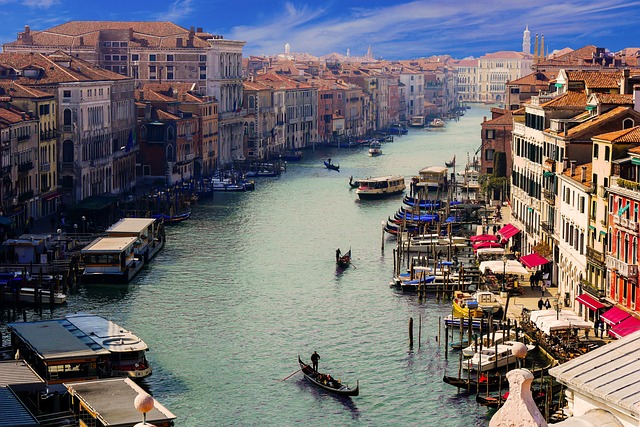
Preserving the historic charm of downtown areas is a delicate balance between development and conservation, especially in real estate. As urban centers evolve, there’s a growing demand for modern amenities and infrastructure while still honoring the unique character that makes each neighborhood special. This equilibrium is crucial to attract both residents and visitors, creating a vibrant atmosphere that blends the old with the new.
One approach to achieving this balance involves community engagement and thoughtful planning. Local stakeholders, including historians, architects, and residents, can collaborate to establish guidelines for development while preserving historic structures and landscapes. Integrating modern design elements in harmony with existing architecture ensures that downtowns remain visually appealing and accessible, catering to contemporary needs without losing their authentic charm.
Engaging Community: Key to Preserving Local Charm

The engagement of the community is a vital aspect in preserving the unique charm of historic downtown areas. Local residents play a crucial role in shaping their neighborhood’s identity and ensuring its longevity. When individuals feel connected to their surroundings, they become active participants in upkeep and restoration efforts, creating a vibrant atmosphere that attracts both locals and visitors alike.
This involvement can take various forms, such as volunteering for community clean-up initiatives, supporting local businesses, or participating in historic preservation groups. By embracing their history and culture, residents can protect the architectural gems, cultural landmarks, and intimate details that make their downtown special. In turn, thriving real estate in these areas reflects the community’s pride, attracting investors and developers who respect and understand the area’s charm, ensuring its conservation for future generations.
Real Estate Strategies for Conserving Historical Areas
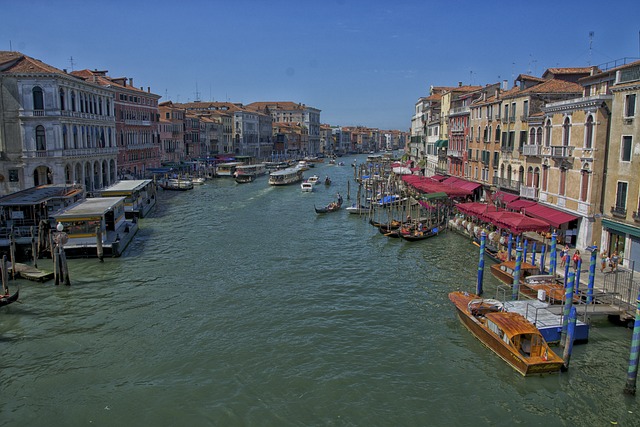
Preserving historical downtown areas requires a thoughtful approach, especially in real estate strategies. One key strategy is encouraging and incentivizing developers to invest in restoring and revitalizing historic buildings rather than demolishing them. This can be done through tax breaks, grants, and other financial incentives that offset the costs of renovation. Such efforts not only preserve architectural heritage but also maintain the unique character that makes these areas so appealing.
Additionally, implementing strict zoning regulations tailored to historical districts is crucial. These rules should mandate that any new developments complement the existing historic architecture, ensuring a harmonious blend of old and new. Real estate professionals play a significant role in this by promoting listings that showcase the charm and potential of older properties, fostering a market that values historical preservation alongside modern amenities.
